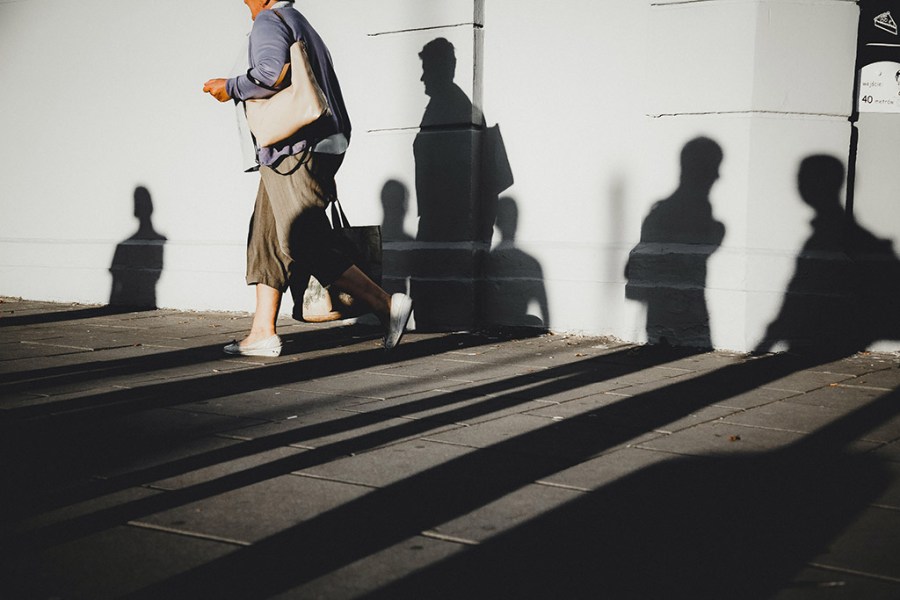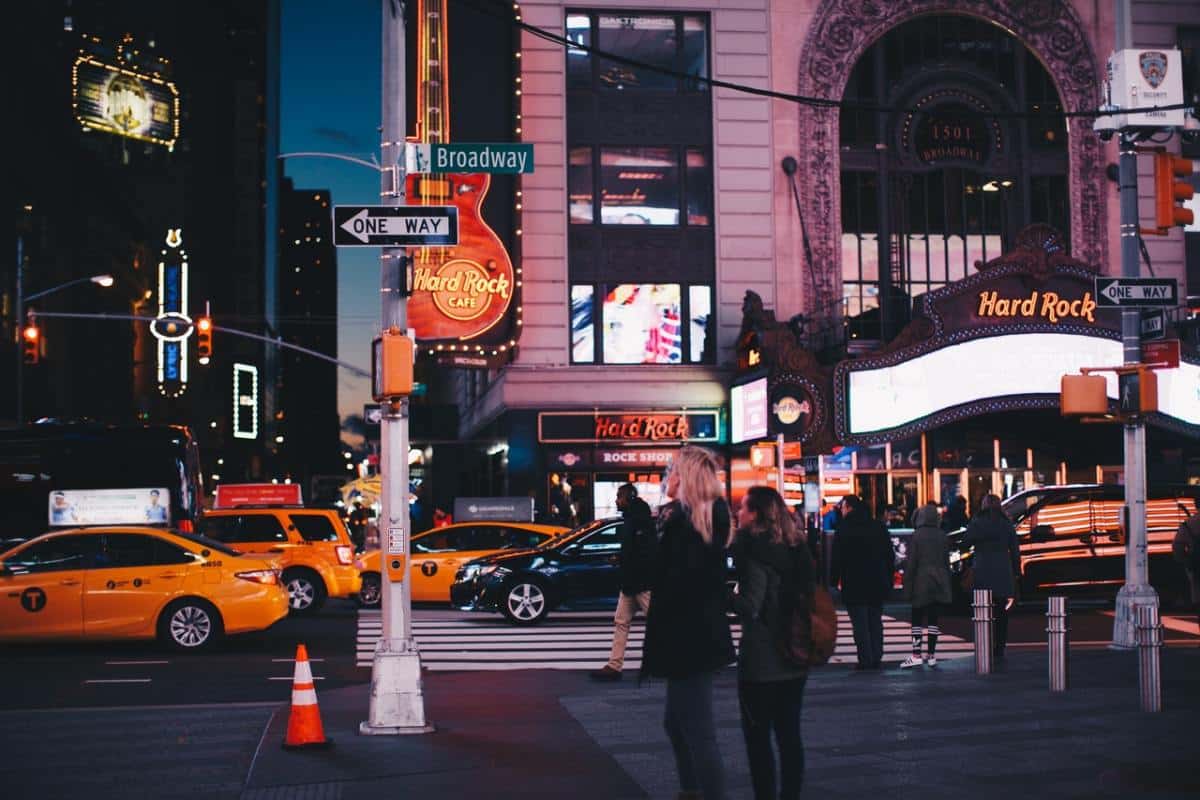The 45-Second Trick For Street Photographers
The 45-Second Trick For Street Photographers
Blog Article
What Does Street Photographers Mean?
Table of ContentsStreet Photographers Things To Know Before You BuyThe Street Photographers DiariesThe Main Principles Of Street Photographers Not known Factual Statements About Street Photographers Our Street Photographers PDFs
Street digital photographers do not necessarily have a social purpose in mind, yet they choose to separate and capture minutes which could otherwise go undetected.He was affected by numerous of those that influenced the street photographers of the 1950s and '60s, he was not mainly interested in capturing the spirit of the street. The impulse to aesthetically record people in public began with 19th-century painters such as Edgar Degas, douard Manet, and Henri de Toulouse-Lautrec, that worked side by side with digital photographers attempting to record the essence of metropolitan life.

Offered the fine quality of his photos and the breadth of product, engineers and artists typically acquired Atget's prints to use as referral for their own job, though business interests were barely his main inspiration. Instead, he was driven to photograph every last residue of the Paris he loved. The mingled passion and urgency of his mission sparkle through, leading to pictures that narrate his very own experience of the city, top qualities that expected road digital photography of the 20th century.
The 25-Second Trick For Street Photographers
They disclose the city with his eyes. His job and basic understanding of photography as an art form acted as inspiration to generations of digital photographers that complied with. The future generation of street professional photographers, though they likely did not refer to themselves thus, was ushered in by the photojournalism of Hungarian-born photographer Andr Kertsz.
Unlike his peers, Brassa used a larger-format Voigtlnder electronic camera with a longer direct exposure time, forcing him to be extra calculated and thoughtful in his technique than he may have been if making use of a Leica. (It is believed that he may not have here are the findings actually been able to manage a Leica during that time, yet he did, nevertheless, make use of one in the late 1950s to take colour photographs.) Brassa's pictures of the Paris underworld lit up by artificial light were a discovery, and the collection of the series that he published, (1933 ), was a significant success.
Cartier-Bresson was a champ of the Leica video camera and among the first digital photographers to maximize its capabilities. The Leica enabled the photographer to engage with the surroundings and to catch minutes as they happened - Street Photographers. Its reasonably tiny size likewise aided the professional photographer discolor right into the history, which was Cartier-Bresson's preferred method
The 6-Minute Rule for Street Photographers
It is due to this fundamental understanding of the art of picture taking that he is often credited with finding the medium around again about a century since its innovation. He took photos for greater than a half century my explanation and influenced generations of digital photographers to trust their eye and intuition in the minute.
These are the concerns I will attempt to respond to: And afterwards I'll leave you with my very own interpretation of road digital photography. Yes, we do. Let's begin with specifying what an interpretation is: According to it is: "The act of specifying, or of making something definite, distinct, or clear".
No, absolutely not. The term is both limiting and deceiving. Appears like a road digital photography ought to be photos of a streets appropriate?! And all street photographers, with the exception of a handful of absolute novices, will fully value that a street is not the vital element to street digital photography, and actually if it's an image of a street with possibly a few monotonous individuals doing nothing of passion, that's not street digital photography that's a snapshot of a road.
He makes a valid factor do not you believe? However, while I agree with him I'm not certain "candid public digital photography" will catch on (although I do sort of like the term "candid digital photography") because "road photography" has actually been around for a lengthy time, with lots of masters' names attached to it, so I think the term is here to stay.
The Buzz on Street Photographers
You can fire at the coastline, at an event, in an alley, in a park, in a piazza, in a cafe, have a peek at this site at a gallery or art gallery, in a metro terminal, at an event, on a bridge, under a bridge ...
Yes, I'm afraid we worried no choice! Without policies we can not have an interpretation, and without an interpretation we don't have a genre, and without a category we do not have anything to define what we do, and so we are stuck in a "regulations meaning style" loop! - Street Photographers
Rumored Buzz on Street Photographers

Report this page